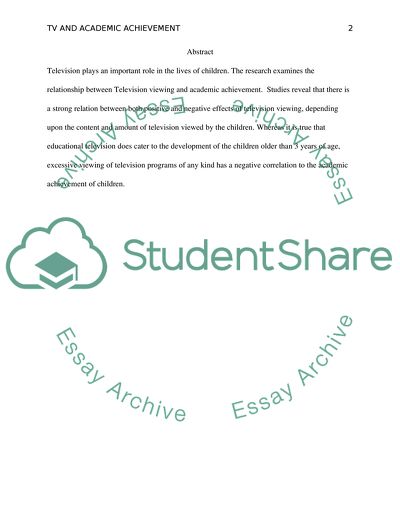Cite this document
(Relationship Between Television Viewing and Academic Achievement Research Paper, n.d.)
Relationship Between Television Viewing and Academic Achievement Research Paper. Retrieved from https://studentshare.org/education/1731770-is-there-a-relationship-between-tv-viewing-and-academic-achievement
Relationship Between Television Viewing and Academic Achievement Research Paper. Retrieved from https://studentshare.org/education/1731770-is-there-a-relationship-between-tv-viewing-and-academic-achievement
(Relationship Between Television Viewing and Academic Achievement Research Paper)
Relationship Between Television Viewing and Academic Achievement Research Paper. https://studentshare.org/education/1731770-is-there-a-relationship-between-tv-viewing-and-academic-achievement.
Relationship Between Television Viewing and Academic Achievement Research Paper. https://studentshare.org/education/1731770-is-there-a-relationship-between-tv-viewing-and-academic-achievement.
“Relationship Between Television Viewing and Academic Achievement Research Paper”, n.d. https://studentshare.org/education/1731770-is-there-a-relationship-between-tv-viewing-and-academic-achievement.


